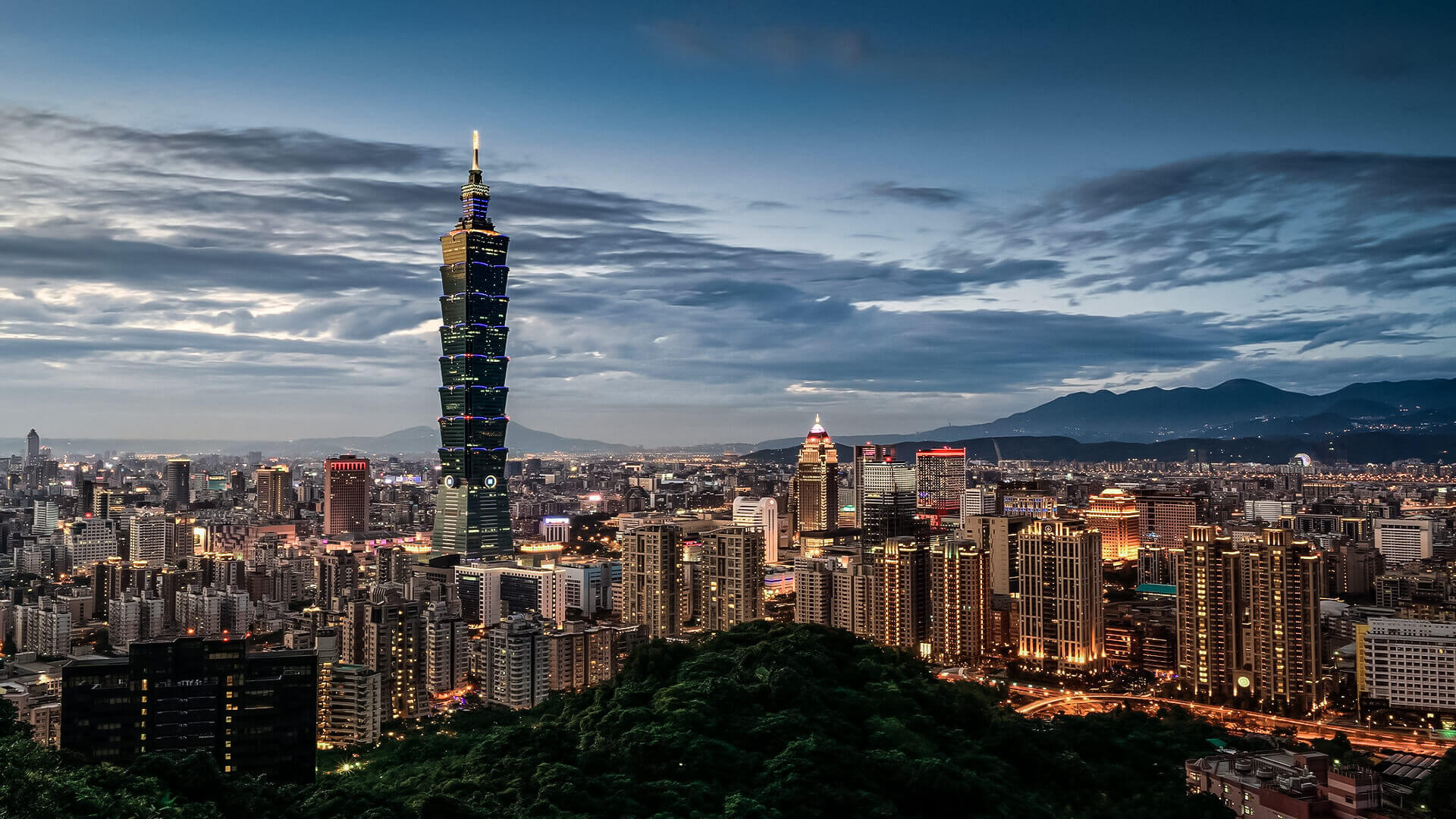[lwptoc]
Taiwan, formally the Republic of China (ROC), is an East Asian country. The People’s Republic of China (PRC) is to the west, Japan is to the northeast, and the Philippines are to the south. Taiwan is the most populated non-UN country and has the world’s biggest economy outside of the UN.
China’s known history starts with an ancient civilisation that thrived in the rich Yellow River basin in the North China Plain, as one of the cradles of civilization. China’s political structure has been built on hereditary monarchs known as dynasties for millennia. The state has grown, split, and rebuilt many times since 221 bc, when the Qin Dynasty initially conquered various kingdoms to create a Chinese empire.
Before Han Chinese started coming to Taiwan in the 17th century, the island was mostly populated by Taiwanese aborigines. European colonies and the Kingdom of Tungning were founded soon before the island was conquered by the Qing dynasty, China’s final kingdom. After the Qing was defeated in battle, Taiwan was subsequently surrendered to Japan in 1895. While Taiwan was under Japanese control, the Republic of China (ROC) was founded on the mainland after the collapse of the Qing dynasty in 1912. Following Japan’s surrender to the Allies in 1945, the ROC assumed control of Taiwan. During the Chinese Civil War, however, the ROC lost control of the mainland to the Communists. The Communist Party of China seized complete control of the Chinese mainland in 1949, establishing the People’s Republic of China (PRC). The ROC administration retreated to Taiwan and continued to claim to be China’s legitimate government. Since then, the ROC’s effective authority has been confined to Taiwan and its surrounding islands, with the main island accounting for 99 percent of its de facto territory.
The ROC continued to represent China at the United Nations until 1971, when the PRC took China’s seat through Resolution 2758, thus removing the ROC from the UN. As most nations shifted their “China” recognition to the PRC, international recognition of the ROC progressively diminished. Today, the ROC has formal diplomatic ties with 21 UN member nations and the Holy See. Numerous other nations, on the other hand, retain unofficial relations via representative offices through organizations that serve as de facto embassies and consulates. Diplomats all around the globe avoid using the Republic of China’s official name, instead referring to the ROC as Chinese Taipei, Taiwan, China, or simply “Taiwan.” Taiwan transitioned from a military dictatorship with a one-party system of government controlled by the Kuomintang to a multi-party democracy with universal suffrage in the 1980s and early 1990s.
Taiwan has a steady industrial economy as a consequence of fast economic development and industrialisation, nicknamed the Taiwan Miracle. Taiwan is a member of the World Trade Organization and the Asia-Pacific Economic Cooperation. As the world’s 21st biggest economy, its high-tech sector is critical to the global economy. Taiwan is highly rated in terms of press freedom, health care, public education, economic freedom, and human development.
Taiwan’s complicated history after 1945 has produced a variety of practical problems for its people. The precise nature of Taiwanese national identity, Taiwan’s uncertain international political position, and the challenging Cross-Strait ties are among the most important of these. These topics spark discussion among political parties and candidates in Taiwan. Though the ROC abandoned invasion of PRC-controlled areas as a national objective in 1992, there is still debate over whether the constitution still claims sovereignty over all of the ROC’s pre-1949 territory, including Outer Mongolia and the whole current PRC. In practice, determining whether the ROC identifies more as “Taiwan” or “China,” and the precise nature of its identity relative to the PRC (whether international or internal), lies on the most recently elected political alliance. Meanwhile, the PRC maintains its One China policy, under which it is the only legal government of “China” and Taiwan is a province of China. As a consequence, most nations do not recognize the ROC as a sovereign state, and it has not been a member of the United Nations since 1971. The People’s Republic of China has vowed to use military action in response to any official declaration of national independence by Taiwan or any determination by PRC authorities that peaceful Chinese unification is no longer feasible.


